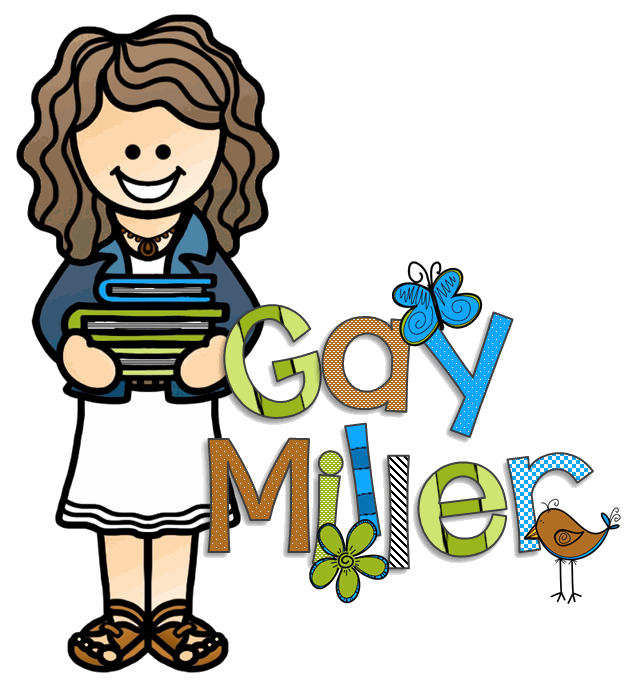
Understanding how to organize information is important for students comprehending nonfiction texts. Teaching them to order information in chronological, sequential, and consecutive order can significantly enhance their grasp of the material.
Activity #1 – Go Over Definitions for Chronological, Sequential, and Consecutive Order

Before reading the post, please download the organizers and activities. The handout contains examples, definitions, and materials to complete the activities discussed in this post.
Chronological Order

Chronological order usually refers to how things happen in order of time. The segments of time may go forward or backward. This pattern works well when telling a story. People tell historical events in chronological order. Also, explaining how something happens or works is in chronological order. Chronological order may recount a series of events that occurred over time. Chronological order organizes events from one point in time to another.
Online Activities to Help Teach Chronological Order:
Sequential Order


Sequential order refers to the arrangement of steps in a process or event. Owners’ manuals and cookbooks effectively use step-by-step directions. Sequential owners’ guides illustrate how to do something in a clear, logical progression.
Online Activities to Help Teach Sequential Order:
Consecutive Order

Consecutive order means events or items follow one after the other, usually in a regular interval such as days, months, or years. It often refers to numerical sequences or continuous periods.
Example: Consecutive numbers like 1, 2, 3 or years like 2021, 2022, 2023. “For three consecutive years, the groundhog “predicted an early spring.”
Online Activities to Help Teach Consecutive Order:
Activity #2 – Chronological, Sequential, and Consecutive Order Organizers
Use these printable organizers with any topic. To deepen students’ understanding, choose one topic and have students complete each organizer for that topic.

Example: Horses
- Chronological Order: Students can create a timeline of the relationship between horses and humans, starting with the Mesopotamians’ use of horses to pull chariots in 2400 BCE and moving forward to the Spanish’s introduction of horses to America.
- Sequential Order: Students can list the steps for grooming a horse in a sequential order paragraph.
- Consecutive Order: Students can write about Calvin Borsel, a horse who won 3 out of 4 consecutive Kentucky Derbys.
To support this learning experience, you can download the handout, which includes a printable version of the story along with the organizers and answer keys. This comprehensive resource will ensure your students have everything they need to succeed in understanding and applying compare-contrast skills.
Activity #3 – Sequencing Activity

This activity involves students working in small groups or pairs with cards depicting various sequences. Each student randomly arranges the cards and writes a descriptive paragraph outlining the sequence of events. Afterward, students exchange their paragraphs with peers, who attempt to reorder the cards based on the written descriptions. This exercise reinforces the concept of sequencing and enhances students’ reading comprehension and writing skills.

Example #1:
- Did you know that in 2011, 66.8% of the paper consumed in the United States was recycled? By placing paper in curbside or drop-off recycling bins, trucks will not haul it to landfills. Instead, paper is transported to recycling centers. Recycling one ton of paper saves 17 trees, 7,000 gallons of water, and 463 gallons of oil,

Example #2:
- After you put paper in the recycling bin, it is sorted into different grades. The grade depends on the fiber length. Each time paper is recycled, the fibers become shorter. Most paper can be recycled seven times before the fibers become too short. After the paper is sorted, it is transported to paper mills for processing. The amount of paper recovered is an average of 338 pounds for each person in the United States. Recycling saves many trees.

Activity #4 – Real-World Applications
Including real-world applications of these orders can enhance students’ understanding. For instance:
- Chronological Order: Discuss historical timelines or life events of famous personalities. Students could create a timeline of significant events in a historical figure’s life, such as the milestones in George Washington’s life.
- Sequential Order: Explain scientific processes like the water cycle or photosynthesis. Students could describe the step-by-step process of how water evaporates, condenses into clouds, and precipitates back to Earth.
- Consecutive Order: Track sports statistics or record daily weather patterns. Students could record and analyze the daily temperatures over a month, noting consecutive days of increasing or decreasing temperatures.
Activity #5 – Sequencing Blog Posts on Book Units Teacher
Understanding how to organize information is essential for students to comprehend nonfiction texts. By teaching chronological, sequential, and consecutive order, we give students the tools to grasp better and retain material. Integrating real-world applications of these orders, such as historical timelines, scientific processes, and tracking sports statistics, can further enhance their learning experience. Be sure to download the lesson handout for organizers and activities that support these concepts. By engaging students in these activities, we help them develop essential reading and writing skills that will serve them well across all subjects.
See the product that inspired this post.
Sequencing Text Structure: This unit contains six lessons for recognizing types of sequences and writing process essays. All lessons and activities are provided in both digital and printable formats.




1 comment
Hi, I check your blogs like every week. Your writing style is witty, keep doing what you’re doing!